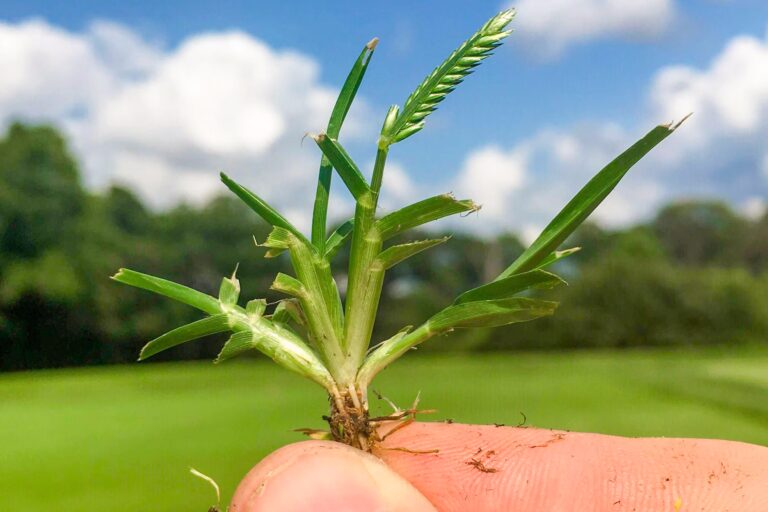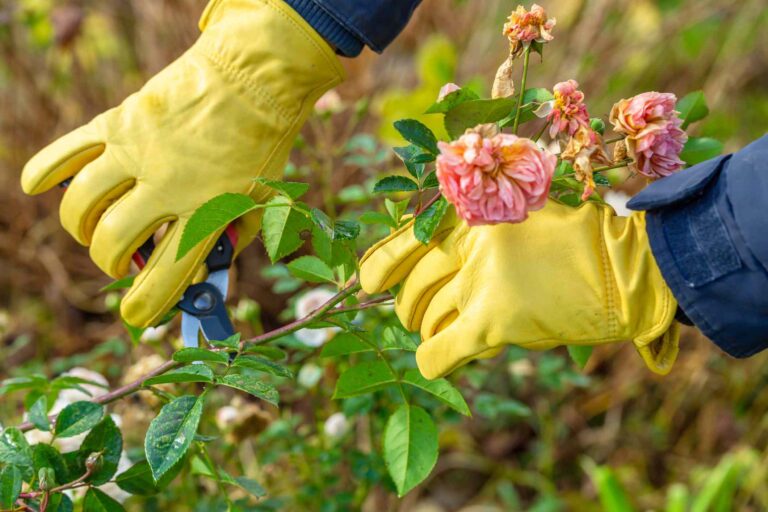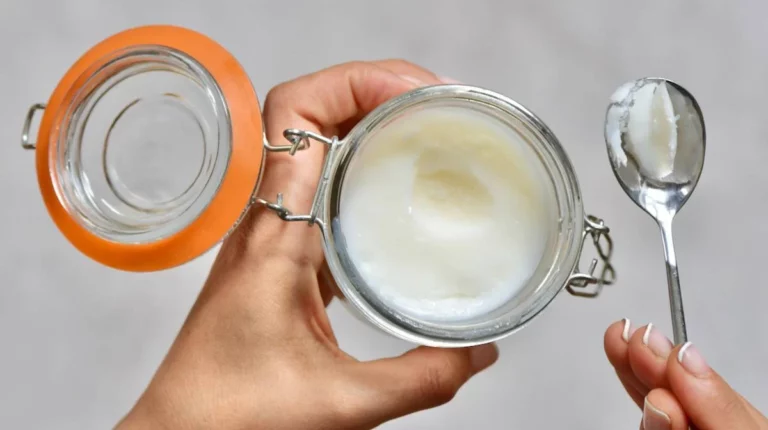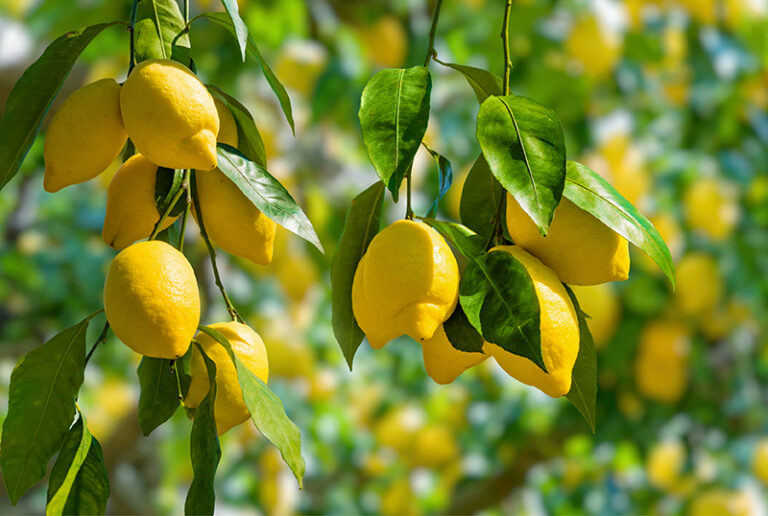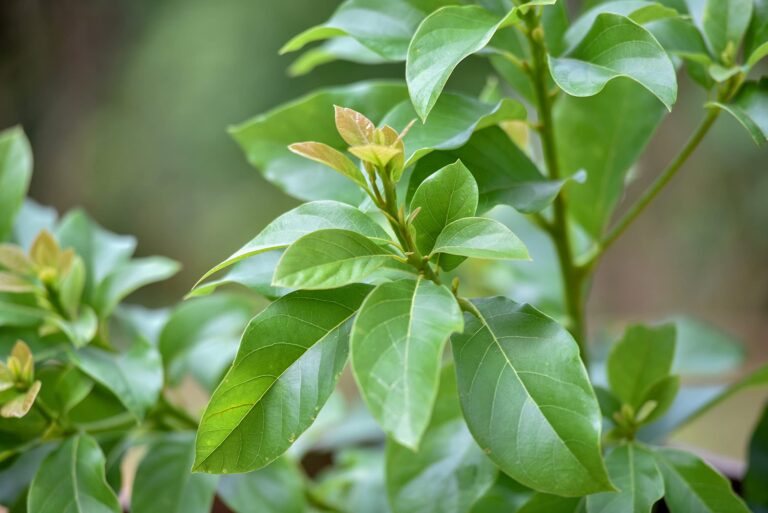Goose grass (also known as cleavers or Galium aparine) is a common weed with surprising health benefits. When prepared as tea, it offers a refreshing, detoxifying drink packed with nutrients. Here’s how to make it properly.
Why Drink Goose Grass Tea?
This humble plant offers several benefits:
- Natural detoxifier that supports lymphatic drainage
- Rich in vitamin C and antioxidants
- May help with urinary tract health
- Traditionally used to soothe skin conditions
- Contains silica for hair and nail strength
Harvesting Goose Grass
Best time to pick: Early spring when plants are young and tender (before flowering)
What to look for:
- Bright green, sticky leaves
- Square stems with small hooks
- Grows in shady, moist areas
Avoid: - Plants near roads or sprayed areas
- Flowering/mature plants (more bitter)
Simple Goose Grass Tea Recipe
Ingredients:
- 1 cup fresh goose grass (leaves and stems)
- 4 cups filtered water
- Optional: honey, lemon, or mint to taste
Preparation Method:
- Clean thoroughly: Rinse plants under cool water to remove dirt and insects
- Chop roughly: Cut into 1-inch pieces to release more flavor
- Cold infusion (best for nutrients):
- Place herbs in jar
- Cover with room temperature water
- Steep 4-8 hours (or overnight)
- Strain and drink chilled
- Hot tea (traditional method):
- Bring water to near-boil (180°F)
- Add herbs and steep 5-10 minutes
- Strain and enjoy warm
Tips for Best Results
- Drink within 24 hours for maximum benefits
- Start with small amounts (½ cup) to test tolerance
- Best consumed in morning or early afternoon
- Combine with mint or lemon balm for improved flavor
- Can be frozen in ice cube trays for later use
Possible Side Effects
While generally safe, some people may experience:
- Mild diuretic effect
- Allergic reaction (rare)
- Digestive upset if consumed in excess
Storing Goose Grass
- Fresh: Keeps 2-3 days in fridge (wrap in damp cloth)
- Dried: Hang bundles upside down in airy space for 1-2 weeks
- Frozen: Blanch briefly, then freeze in portions
Final Thoughts
Goose grass tea is an easy way to harness the power of this often-overlooked plant. With its fresh, slightly grassy flavor and numerous health benefits, it’s worth trying as a spring tonic or regular detox drink.
